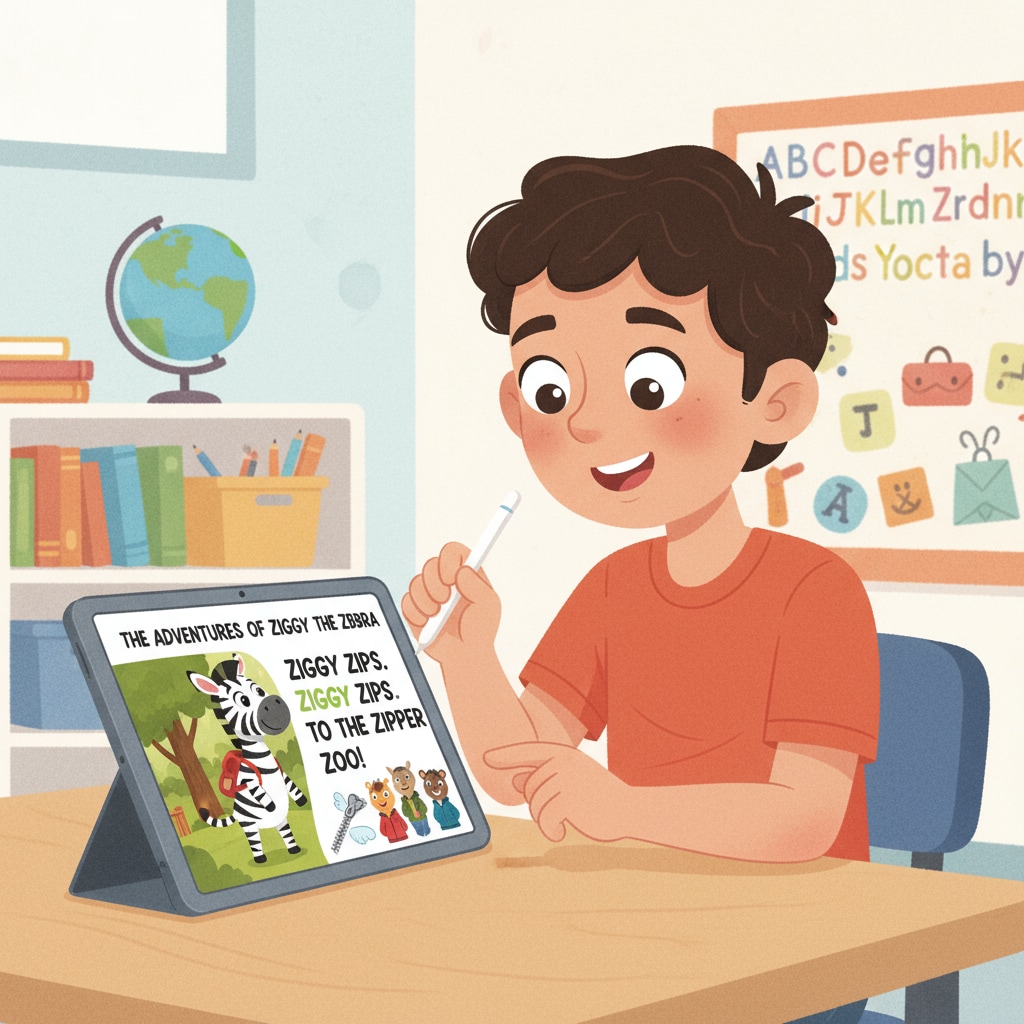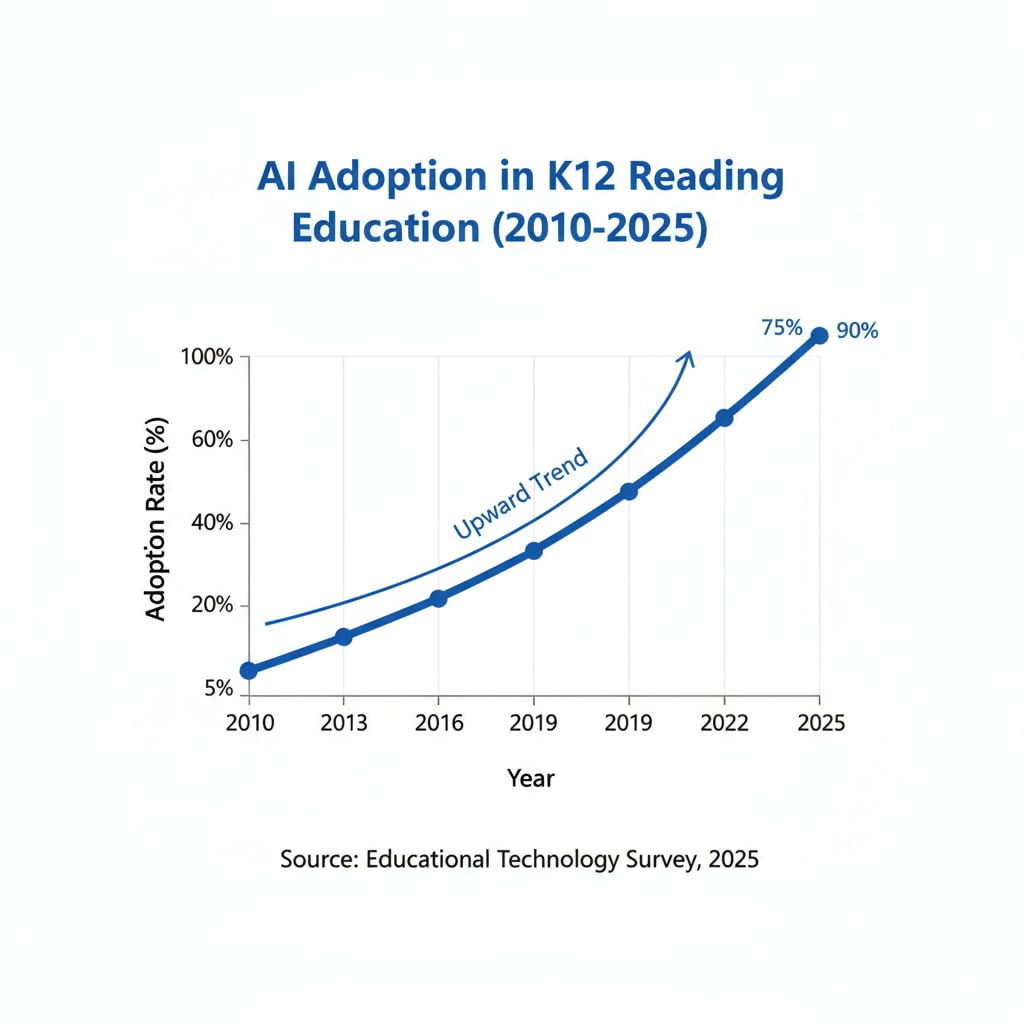AI tools, decodable reading materials, and educational applications are at the forefront of a significant transformation in K12 reading education. The advent of artificial intelligence has opened up new horizons for literacy instruction, offering innovative solutions that were previously unimaginable.

The Rise of AI in Reading Education
In recent years, AI has made remarkable inroads into the field of education. Its ability to analyze vast amounts of data and adapt to individual learners’ needs has made it a powerful tool in reading instruction. For example, AI can identify a student’s reading level, strengths, and weaknesses with great accuracy. This allows for the creation of customized reading materials that are tailored to each student’s specific requirements. According to Artificial intelligence in education on Wikipedia, AI systems can continuously monitor a student’s progress and adjust the difficulty level of the reading materials accordingly.

Decodable Reading Materials: A Key Component
Decodable reading materials play a crucial role in this educational revolution. These materials are designed to be easily decoded by students, with a focus on phonics and word recognition. AI-generated decodable reading materials can incorporate the latest research in reading science, ensuring that they are both effective and engaging. As stated in Reading instruction on Britannica, the use of decodable texts can significantly improve a student’s reading skills, especially in the early stages of literacy development. AI can also vary the content and themes of these materials to keep students interested and motivated.
Another advantage of AI-generated decodable reading materials is their flexibility. Teachers can request materials on specific topics or with particular vocabulary, allowing for a more targeted approach to reading instruction. This flexibility enables educators to address the diverse needs of their students and enhance the overall learning experience.
Readability guidance: We can see that the use of AI in generating decodable reading materials is a game-changer in K12 reading education. It offers personalized learning, flexibility, and evidence-based instruction. However, it’s important to ensure that these tools are used in conjunction with sound educational practices. In addition, educators need to be trained on how to effectively incorporate AI into their teaching. Therefore, a balanced approach is essential to fully realize the potential of AI in reading education.


